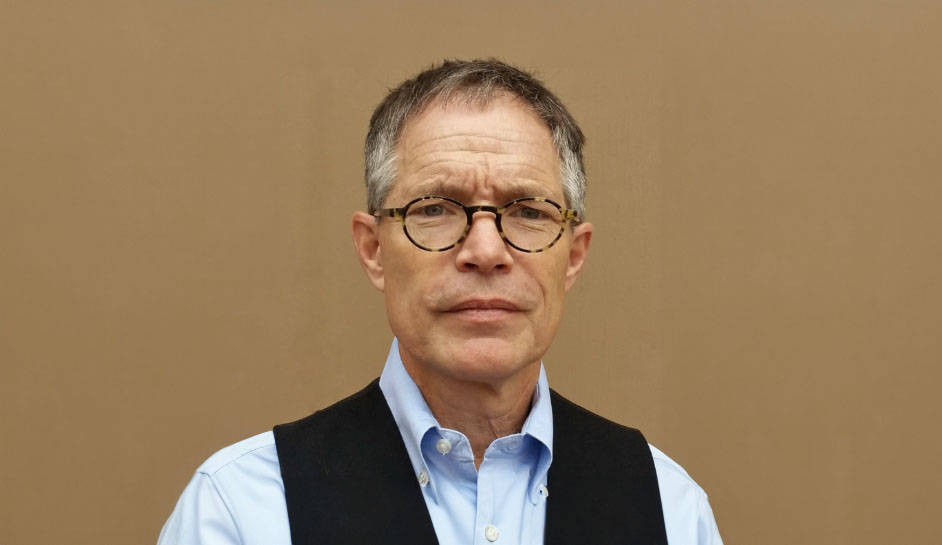Data centers are a critical component of the digital infrastructure ecosystem and functioning of the internet. The data center industry is poised to experience strong growth in the demand for capacity from enterprises, hyperscalers and cloud providers, which is largely driven by the expected surge in AI workloads. Yet the environmental impacting aspects of data center operations require new ways of thinking to meet rising demand, especially with the prospect of increased regulation such as lower carbon emissions requirements.
Consequently, data centers are facing a reshaping of the status quo when it comes to state-of-the-art design and innovative technologies to achieve looming net-zero emission standards. In light of new mandates being passed, such as the iMasons Accord and other movements like it, the industry is already starting to employ sustainable alternatives to conventional practices in data center operations, and we can expect to see more stringent regulations as time moves forward into 2024. In light of this, operators and developers alike should begin to explore the world of underground data centers as a design alternative to achieve improved sustainability and efficiency. Underground data centers provide a unique, innovative and more environmentally friendly solution that decreases the carbon footprint and improves energy efficiency.
Underground data centers naturally possess a cooler environment compared to above-ground sites, which is a significant advantage when it comes to reducing energy consumption for cooling. Traditional data centers rely heavily on heating, ventilation, and air conditioning (HVAC) systems to maintain optimal operating temperatures for servers. Underground data centers benefit from the fact that the incoming air to the system is naturally cooler. As a result, the HVAC systems in these facilities require less energy to cool the ambient air, contributing to overall energy efficiency. Building on this, state-of-the-art mechanical capabilities such as HVAC optimization (including hot aisle containment) contribute additional energy efficiencies. By implementing tailored solutions that reduce cooling demands, these data centers achieve substantial energy savings and are more environmentally sustainable. The economic viability of underground data centers is also favorable, with a typical payback period of around 4.5 years.
Underground data centers can also build on these benefits by exploring measures such as increasing server room operating temperatures. Consistent with industry guidelines, optimized server room temperatures not only reduce cooling demands but also capitalize on emerging technologies like AI, machine learning, and predictive analytics to improve the overall efficiency of the server room operating environment.
On the flip side of cooling, heat recovery is proving to be a groundbreaking capability in the sustainable playbook of underground data centers. This practice involves harvesting excess heat generated by the facility. This surplus heat is then redirected to adjacent spaces, effectively transforming the data center into an energy supplier and creating a symbiotic relationship. This innovative approach mirrors a heat pump system, significantly reducing the energy demand for heating in the adjacent areas.
Another of the key sustainability-enhancing opportunities that is being explored by underground data centers involves LED lighting installation and retrofits. To optimize energy consumption, facilities should meticulously evaluate their lighting systems and optimize areas that are drawing more energy than they should. This includes inventorying existing fixtures, assessing their daily usage, and exploring the potential for LED lighting installation or retrofits. As a hidden bonus, many of these efforts can lead to one-time utility rebates in addition to their ecological benefits. By coordinating with utility providers and contractors, data centers can identify fixtures eligible for rebates, estimate annual energy savings, and determine the overall payback period. These investments not only enhance sustainability but also contribute to long-term cost-effectiveness for the data center operator.
Variable Frequency Drive (VFD) installation is yet another way underground facilities can encourage sustainable practices. By optimizing the control of motors associated with pumps and fans, these facilities reduce peak demand through staged start/stop sequences. This not only improves operational efficiency but also supports energy conservation goals.
Water reclamation is the final innovative practice adopted by underground data centers. Facilities employing evaporative cooling towers, for instance, focus on efficient water use during the summer months. When ionization levels exceed operational parameters, water replacement occurs. Some facilities, such as Bluebird’s Underground facility, are neighbors with plant nurseries to which they can redirect the exchanged water for reuse. This collaborative effort demonstrates how sustainability can be achieved through strategic partnerships within the community. However, any data center can realize these types of circular economies. It merely requires some research into the local area to identify the opportunities.
Underground data centers, as an alternative and innovative design, are spearheading the approach to sustainable data center operations, intertwining technological innovation with environmental responsibility. By embracing these initiatives, these facilities not only reduce their ecological impact but also achieve levels of efficiency that are unprecedented for the entire data center industry. As the global community intensifies its focus on sustainable practices and demand for data center capacity continues to increase at double-digit rates of growth, the underground data center model stands as a beacon of inspiration for a greener and more energy-efficient future.
About the Author:
Todd Murren, General Manager Data Centers, Bluebird Network
Todd Murren, a seasoned professional with a wealth of experience in the telecommunications industry, is General Manager of Bluebird Network LLC’s data centers. Previously, he led a distinguished career at City Utilities of Springfield, where he held the position of Director of CU’s SpringNet. His tenure at City Utilities of Springfield included overseeing the SpringNet Underground colocation facility, a pivotal asset that was eventually acquired by Bluebird Network in 2014.
With a background marked by leadership and strategic insight, Murren touts a comprehensive understanding of data center operations. As General Manager, he is at the forefront of managing Bluebird Network’s data centers, including the one situated within Springfield Underground. Murren’s expertise, honed through years of navigating the complexities of the telecommunications landscape, positions him as a key figure in steering Bluebird Network’s data center operations toward continued success.













